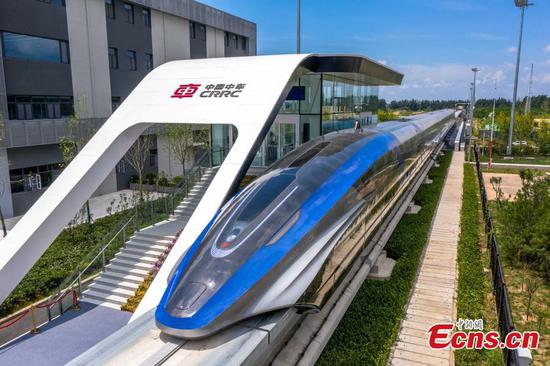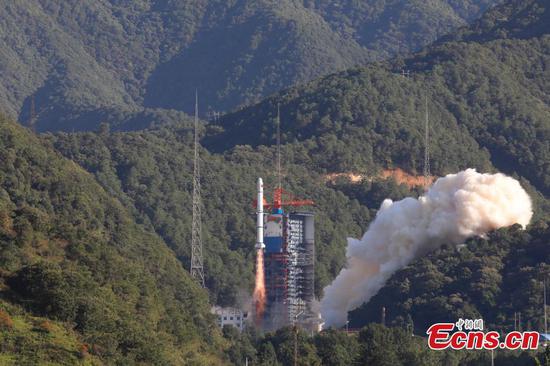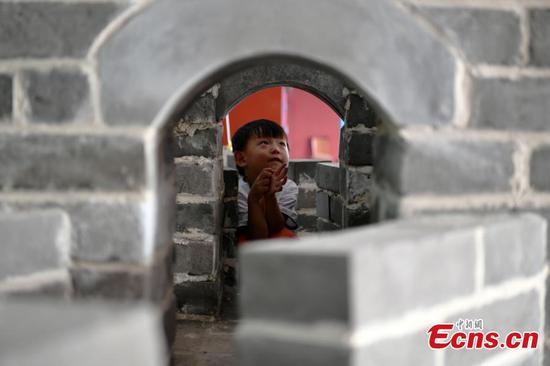
A wind-power plant in Fuqing, Fujian province. (JIANG KEHONG/XINHUA)
Vibrancy in China's carbon emissions trading system will help advance the green transformation of the country's energy-intensive industries and make green investment a major theme in the capital market, said experts.
Inaugurated on July 16, China's national carbon emissions trading system, which is the world's largest at present, saw total trading volume exceed 4.7 million tons in the first five trading days.
The carbon emission trading price closed at 55.5 yuan ($8.6) per ton on Thursday, up 2.06 percent from Wednesday.
A dual-city mechanism has been adopted for the national carbon trading system. The Shanghai Environment and Energy Exchange is responsible for building the trading system while the China Hubei Emission Exchange in Wuhan, Hubei province, deals with applications.
China's initial carbon trading participants are the 2,225 electricity companies that are registered with the Hubei exchange.
Chen Li, chief economist at Chuancai Securities, said that China's electricity industry will embrace green transformation, thanks to the carbon emissions trading.
As the country will gradually tighten its grip on carbon emissions quota, electricity companies that take a slower pace in low-carbon transformation, are sure to purchase quotas from industry peers. In other words, companies taking the lead in low-carbon transformation can expect to reap a windfall, he said.
Zhang Xia, chief strategist at China Merchants Securities, said industries known for high carbon emissions-petrochemicals, chemicals, construction materials, steel, nonferrous metals, paper-making and aviation-will be included in the carbon emissions trading system during the 14th Five-Year Plan (2021-25) period.
Policies will be introduced to guide companies in such industries to reduce their carbon emissions. Outdated production capacities will be eliminated from the market more rapidly, he said.
Yang Yu, general manager of the research and innovation department at Hwabao Securities, estimated the amount of carbon emissions included in the carbon emissions trading system will increase to 8 billion tons every year with the addition of the eight high-carbon-emission industries during the 14th Five-Year Plan period, which will double the current amount.
Ethan Wang, head of investment strategy for wealth management at Standard Chartered China, said climate change-related topics such as carbon neutrality will be one of the major investment themes in China. The transformation of the country's energy mix will mean clean energies such as wind and solar power will replace coal in electricity generation eventually, he said.
Yin Zhongshu, chief analyst for environmental protection, power equipment and new energy industries at Everbright Securities, said that in the second half of the year, investors can look for opportunities in companies related to the changes that will revolutionize the power industry and related segments, including photovoltaic, new energy vehicles, energy storage and wind power.
As carbon trading matures, new demand for services like consultation, verification, management and market-making will emerge.
The A-share carbon-neutrality sector has risen for three consecutive trading days since Tuesday, according to market tracker Hithink Royalflush Information Network.

















































